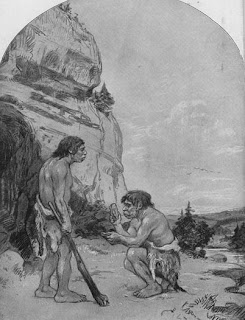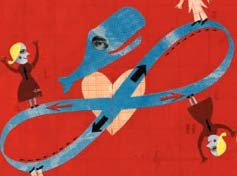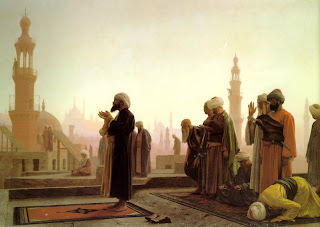
Research by UK and American scientists has struck another blow to the theory that Neanderthals (Homo neanderthalensis) became extinct because they were less intelligent than our ancestors (Homo sapiens). The research team has shown that early stone tool technologies developed by our species, Homo sapiens, were no more efficient than those used by Neanderthals.
The team from the University of Exeter, Southern Methodist University, Texas State University, and the Think Computer Corporation, spent three years flintknapping (producing stone tools). They recreated stone tools known as ‘flakes,’ which were wider tools originally used by both Neanderthals and Homo sapiens, and ‘blades,’ a narrower stone tool later adopted by Homo sapiens. Archaeologists often use the development of stone blades and their assumed efficiency as proof of Homo sapiens’ superior intellect. To test this, the team analysed the data to compare the number of tools produced, how much cutting-edge was created, the efficiency in consuming raw material and how long tools lasted.
Blades were first produced by Homo sapiens during their colonization of Europe from Africa approximately 40,000 years ago. This has traditionally been thought to be a dramatic technological advance, helping Homo sapiens out-compete, and eventually eradicate, their Stone Age cousins. Yet when the research team analysed their data there was no statistical difference between the efficiency of the two technologies. In fact, their findings showed that in some respects the flakes favoured by Neanderthals were more efficient than the blades adopted by Homo sapiens.
Read more here.






